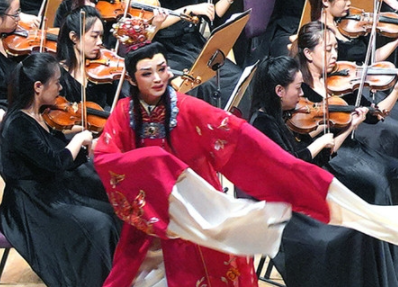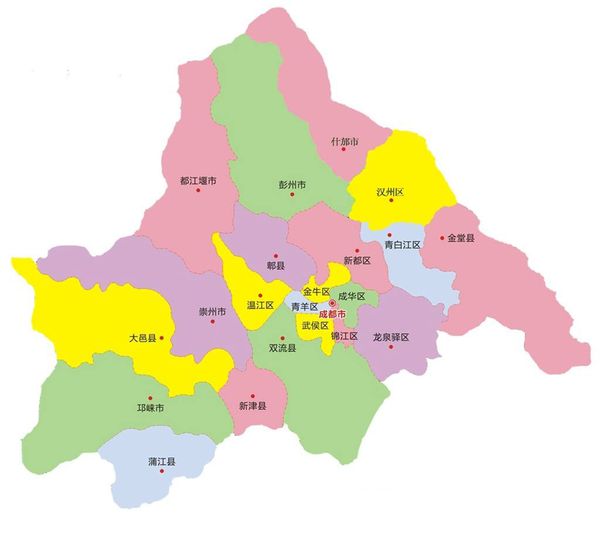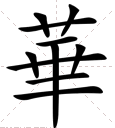
感官动词 (A)感官动词(及物动词)有: see/notice/look at/watch/observe/listen to/hear/feel(Vt)/taste(Vt)/smell(Vt) (B)连缀动词(含感官不及物动词) be/get/become/feel/look/sound/smell/taste/seem/ appear/grow/turn/prove/go/run编辑本段用法 一、look, sound, smell, taste, feel,这五个动词均可作连系动词,后面接形容词作表语,说明主语所处的状态。其意思分别为"看/听/闻/尝/摸起来……"。除look之外,其它几个动词的主语往往是物,而不是人。 例如: These flowers smell very sweet.这些花闻起来很香。 昌指The tomatoes feel very soft.这些西红柿摸起来很软。 二、这些动词后面也可接介词like短语,like后面常用名词。 例如: Her idea sounds like fun.她的主意听起来很有趣耐滚配。 三、这五个感官动词也可作实义动词,除look(当"看起来……"讲时)只能作不及物动词外,其余四个既可作及物动词也可作不及物动词,此时作为实义动词讲时其主语一般为人。(和1有区别) 例如: She smelt the meat.她闻了闻那块肉。 I felt in my pocket for cigarettes.我用手在口袋里摸香烟。 四、taste, smell作不及物动词时,可用于"taste / smell + of +名词"结构,意为"有……味道/气味"。 例如: The air in the room smells of earth.房间里的空气有股泥土味。 五、它们(sound除外)可以直接作名词,与have或take构成短语。 例如: May I have a tasteof the mooncakes?我可以尝一口这月饼吗? taste有品位,味道的意思 例: I don't like the taste of the garlic. 我不喜欢大蒜的味道。 She dresses in poor taste.她穿着没有品位。 look有外观,特色的意思 例:The place has a European look.此地备渗具有欧洲特色。 feel有感觉,感受的意思 六、其中look, sound, feel还能构成"look / sound / feel + as if +从句"结构,意为"看起来/听起来/感觉好像……"。 例如: It looks as if our class is going to win.看来我们班好像要获胜了. 七、感官动词+do 与+doing的区别: 感官动词 see, watch, observe, notice, look at, hear, listen to, smell, taste, feel + do 表示动作的完整性,真实性;+doing 表示动作的连续性,进行性 I saw him work in the garden yesterday. 昨天我看见他在花园里干活了。(强调"我看见了"这个事实) <我看见了全过程强调过程》 I saw him working in the garden yesterday.(强调"我见他正干活"这个动作) 昨天我见他正在花园里干活。
标签:动词,感官
















